- Exceptional durability due to the carbon construction, making it perfect for players who frequently break strings.
- Not ideal for players who prefer a softer string due to the high tension and lack of elasticity.
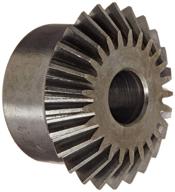
2
·
Average

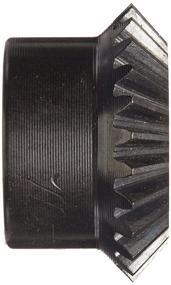
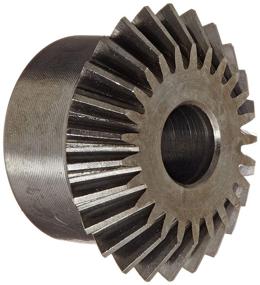
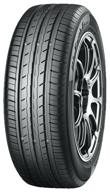
Yokohama Bluearth-Es ES32 195/65 R15 91V summer

92 Review

Iverntech MGN12 400Mm Linear Rail Guide Upgrade For Ender 3, Corexy, Tronxy, Delta Kossel 3D Printers And CNC Machines With Stainless Steel Carriage Block

12 Review

BNTECHGO 26 AWG Enameled Copper Wire - Magnet Winding Wire - 3.0 lb - 0.0157" Diameter - Red Color - Temperature Rating 155℃ - Ideal for Transformers and Inductors

29 Review
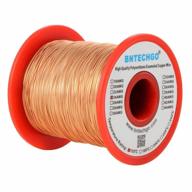
BNTECHGO 24 AWG Magnet Wire - Enameled Copper Wire - Enameled Magnet Winding Wire - 1.0 Lb - 0.0197" Diameter 1 Spool Coil Natural Temperature Rating 155℃ Widely Used For Transformers Inductors

13 Review
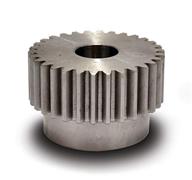
📚 The Ultimate Guide to Boston Gear NB24B Pressure Angle: Features, Benefits, and Applications

3 Review
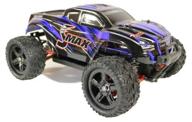
RC Toys Remo Hobby Smax Upgrade 4WD 1:16 Blue Rh1631upg .

15 Review

ZhengGuang Hyper Skidding Blue UD2196A RC Stunt Drift Car/Gesture RC Car

58 Review
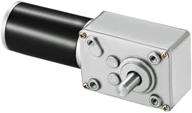
Greartisan Self Locking Reversible Reduction Electric 🔌 - A High-Quality Powerhouse for Versatile Motor Control

3 Review